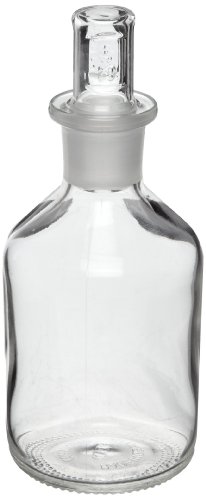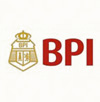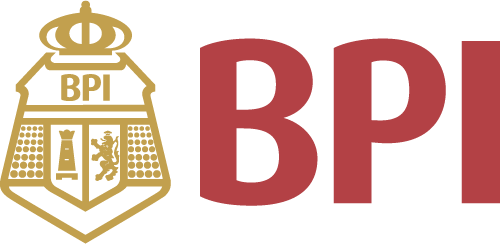All Categories


Corning-1500 Pyrex Narrow Mouth Reagent Bottle With Standard Taper Stopper, 250mL
Share Tweet
*Price and Stocks may change without prior notice
*Packaging of actual item may differ from photo shown
- Electrical items MAY be 110 volts.
- 7 Day Return Policy
- All products are genuine and original
- Cash On Delivery/Cash Upon Pickup Available








Corning-1500 Pyrex Narrow Mouth Reagent Bottle With Features
-
Narrow-mouth reagent bottle used to hold fluids that can have a solvent or chemical reaction
-
Borosilicate glass body for chemical, thermal expansion, shock, and heat resistance
-
Cylindrical shape for a wide variety of applications that require solution containment
-
Taper stopper to help secure contents
-
Heavy wall construction to help secure bottle contents
About Corning-1500 Pyrex Narrow Mouth Reagent Bottle With
This Corning cylindrical narrow-mouth reagent bottle has a borosilicate glass body, a taper stopper, and heavy wall construction. This reagent bottle has a narrow mouth for substance control and containment, and it is used to hold fluids that can have a solvent or chemical reaction. The borosilicate glass body provides chemical, thermal expansion, shock, and heat resistance. Its cylindrical shape is used for a wide variety of applications that require solution containment. A standard-sized hollow-glass taper stopper helps secure contents. Heavy wall construction helps secure bottle contents. The lab bottle meets borosilicate glass code 7740 for quality assurance. This bottle is suitable for use mixing and storing samples, liquids, reagents, and volatile substances. Lab bottles are used to store, hold, and mix liquids, powders, and other substances in a wide variety of scientific industries. Lab bottles have a more pronounced neck and shoulder than jars. Lab bottles are manufactured with a combination of characteristics in order to meet the demands of particular applications, such as for solution dispensing, mixing, and weighing, and use in centrifuge operations. They come in many shapes for specific applications, with a variety of mouth or nozzle shapes and sizes for specific use. Lab bottles are made from materials, such as glass (borosilicate or soda-lime) and an array of plastics, which are selected for chemical and thermal expansion resistance, transparency, and their adaptability in a variety of applications. Lab bottle interiors, caps, and lids are often lined with a protective material. Caps and lids help seal bottles to prevent solutions from spilling. The capacity refers to the fluid amount held by a lab bottle, and is commonly measured in milliliters (mL) and liters (l), and sometimes in ounces (oz). Lab bottles are suitable for use in chemistry and biology applications, as well as in pharmaceutical and scientific testing. Corning manufactures consumable glass, ceramics, and plastic laboratory tools for life science research, industrial, and educational applications. The company, founded in 1908, is headquartered in New York, NY, and makes ISO-certified products.






























